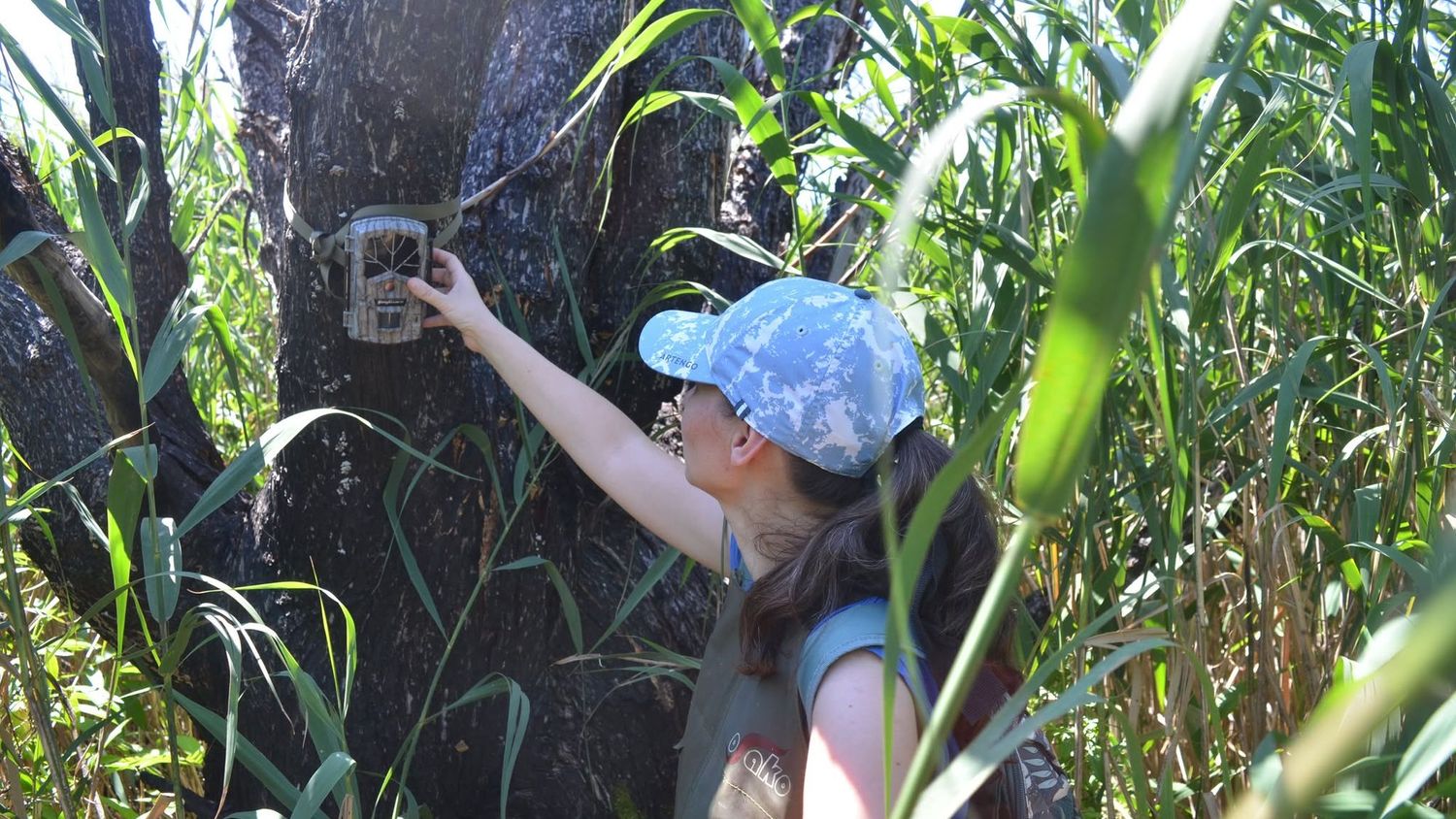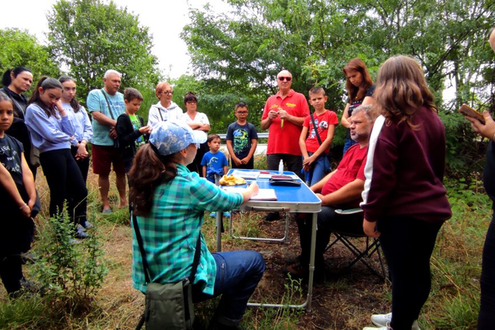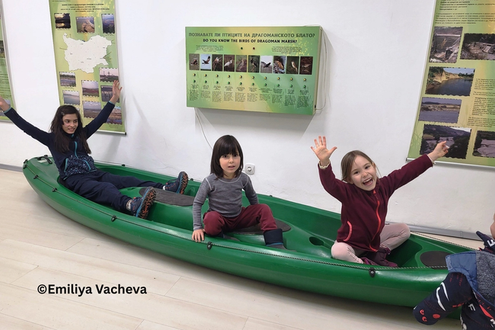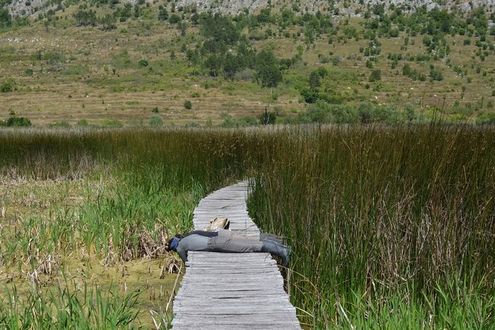With the “Meet the Team” campaign, we interview different team members from the WaterLANDS project to learn more about their roles and valuable work. Today, we sat down with Nelly Ivanova, who works with the Bulgarian Action Site. The Dragoman Marsh is located between Sofia and the town of Dragoman and was almost completely drained before political changes in 1990, when the marsh started to slowly recover its hydrological regime. It is now a Natura 2000 site but still faces threats such as the inflow of untreated wastewater from the town of Dragoman, hydrological alterations and intensified agriculture.
Hi Nelly, thanks for sitting down with us. Can you tell us where you are based and which WaterLANDS partner institution you’re a part of?
Hi! I’m part of the Balkani Wildlife Society team, a Bulgarian NGO. We are based in Sofia, Bulgaria, but we operate on the Dragoman Marsh, located 40 km from the capital.
Can you tell us a bit about your background and what led you to work on wetland habitat restoration and specifically the Dragoman Marsh?
I am a zoologist, mainly working with medium-sized predators, using various methods such as camera trapping, roadkill surveys, and more. My interests are focused on studying the biological diversity of the Marsh and exploring the potential of citizen science as a research tool. However, I am also interested in how changes to the wetland impact the species that live there.
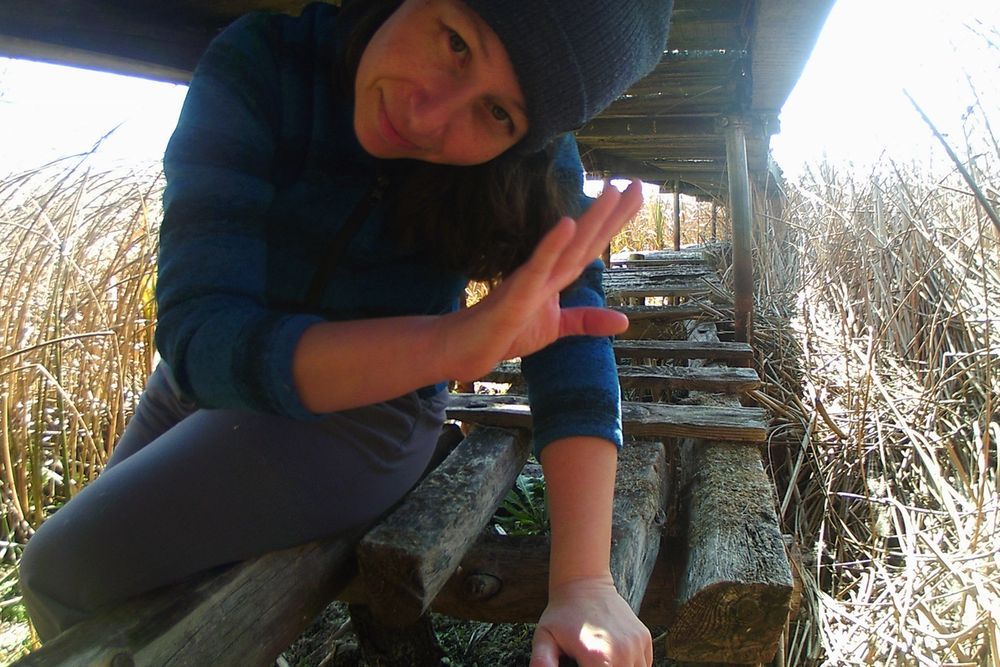
What is your role in the WaterLANDS project?
I participate in the biomonitoring of the Marsh and am actively involved in preparing and submitting project reports. Aside from that, I also work a lot with local people, organising on-site conservation activities, and engaging with children and visitors. For instance, for World Wetland Day, we offered guided walks, birdwatching and presentations on ongoing conservation efforts. We also organise a yearly bird ringing camp at the Dragoman Marsh. Bird ringing (placing a ring with a unique number on the bird's leg) is a research method that allows scientists to identify trends in bird migration, register new species for the country, and track the movement of individual species. The camp is a cross-cutting action between traditional and citizen science, community engagement and education. It involves over 40 professional ringers and volunteers each year, and several hundred people have visited the camp.
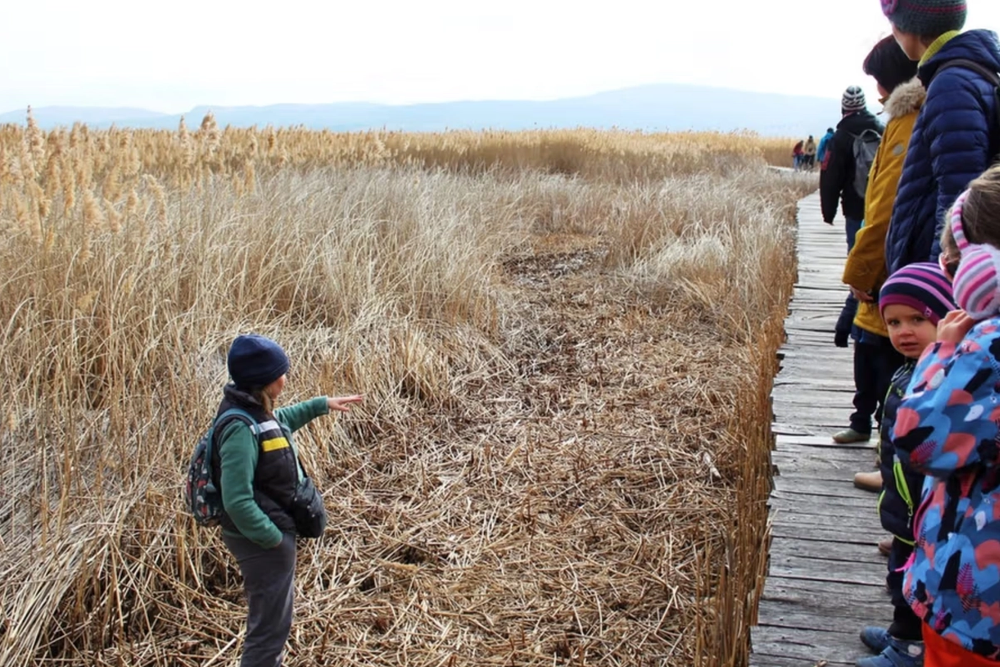
What is the most exciting part of your work on the WaterLANDS project?
Meeting the children at our Wetland Conservation Centre, at school, or during the Bird Ringing Camp is always exciting. It’s wonderful to see their joy in encountering wild animals and their eagerness to share their impressions. We are changing their view of the Marsh, and they are starting to appreciate its significance. Working with children today is the best way to ensure the Marsh is protected in the future.
Can you explain the main ecological and conservation goals for the Dragoman Marsh?
The story of Dragoman Marsh is really fascinating. In the mid-20th century, it was drained to create farmland, and as a result, many birds and rare plants disappeared. Once people stopped pumping water, the Marsh began to recover—a process my colleagues have been monitoring since the 90s. The birds came back, and today the Dragoman Marsh is an internationally significant site for birdlife. The Marsh plays a vital ecosystem role by filtering wastewater from the nearby city, though this also comes at a cost. The nutrients from the wastewater promote the growth of aquatic plants, which sometimes overtake the open water areas—but these open waters are also essential for the birds that live here.
For several years, a pair of grey cranes has chosen this place as a breeding ground for their offspring. It is a significant achievement for us, since the grey crane had not nested in Bulgaria for more than 60 years! The cranes' return proved that, although it takes time and resources, wetlands degraded by human activity can be successfully restored.
The Marsh is now also a popular destination for tourists from the region. Surrounded by rocky limestone hills, it’s a beautiful spot for photography. The visitor infrastructure allows people to explore the Marsh, by walking through it, seeing the wildlife and recognising the need for its preservation.
What are the main threats to the ecosystem, and what restoration actions are you taking in the WaterLANDS project to address these?
Among the main threats to the Marsh are climate change, drainage, contamination, eutrophication and a lack of awareness about its ecological value. Our restoration work includes removing vegetation to maintain open water areas. Open water areas support a variety of biodiversity in the marsh, for example, by allowing more light for light-loving plants and providing hunting opportunities for herons. We’re also creating a forest protection belt between the Marsh and nearby agricultural lands to absorb some of the nutrients before they enter the marsh, restoring tourist infrastructure, and developing an educational trail so visitors can learn about the Marsh and its challenges. Collaborating with local people is a key part of everything we do.
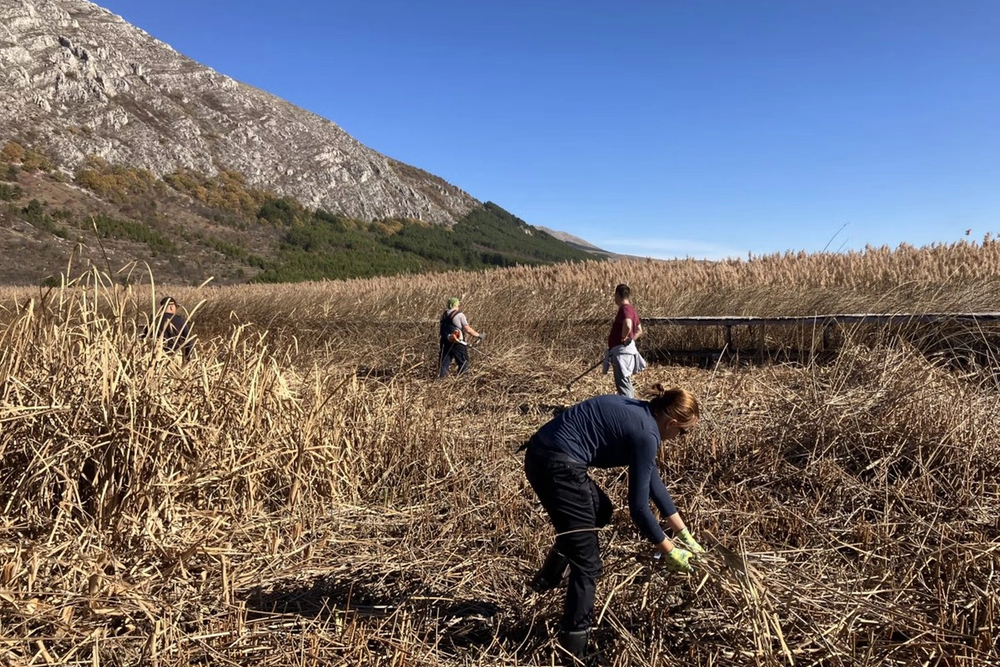
Do you face any challenges related to balancing conservation needs with local or traditional land use practices? If so, how are you addressing these challenges?
Yes, definitely—it can be challenging to balance conservation goals with traditional land use. Not too long ago, wetlands like the Dragoman Marsh were seen as unproductive land. That’s why communication is essential. We work closely with local people, listen to their perspectives, and look for balanced solutions. We also try to learn from successful examples elsewhere. It’s not always easy, but we keep going—and we don’t give up! 😊
